BIOL 191 Exam 2 ch. 24 - 29
5.0(1)
5.0(1)
Card Sorting
1/206
Earn XP
Description and Tags
Study Analytics
Name | Mastery | Learn | Test | Matching | Spaced |
|---|
No study sessions yet.
207 Terms
1
New cards
Hypothetical steps in the origin of simple cells
1. abiotic synthesis of small organic molecules
2. joining of these small molecules into macromolecules
packaging of molecules into protocols, membrane-bound droplets that maintain a consistent internal chemistry
3. The packaging of these molecules into protocells, droplets with membranes that maintained an internal chemistry different from that of their surroundings
4. The origin of self-replicating molecules that eventually made inheritance possible
2. joining of these small molecules into macromolecules
packaging of molecules into protocols, membrane-bound droplets that maintain a consistent internal chemistry
3. The packaging of these molecules into protocells, droplets with membranes that maintained an internal chemistry different from that of their surroundings
4. The origin of self-replicating molecules that eventually made inheritance possible
2
New cards
Miller and Urey experiment
in 1953, Miller and Urey showed that the abiotic synthesis of organic molecules in a reducing atmosphere is possible, or the first organic compounds may have been synthesized near volcanoes or deep-sea vents, or organic molecules have also been found in meteorites
3
New cards
Proposed role of RNA in early life
The first genetic material was most likely RNA, not DNA. RNA plays a central role in protein synthesis, but it can also function as an enzyme-like catalyst. Such RNA catalysts are called ribozymes. Some ribozymes can make complementary copies of short pieces of RNA, provided that they are supplied with nucleotide building blocks.
4
New cards
General characteristics of prokaryotes
Most prokaryotes are unicellular, although some
species form colonies; Most prokaryotic cells have diameters of 0.5–5 μm, much smaller than the 10–100 μm diameter of many
eukaryotic cells; Prokaryotic cells have a variety of shapes; The three most common shapes are spheres (cocci), rods (bacilli), and spirals
species form colonies; Most prokaryotic cells have diameters of 0.5–5 μm, much smaller than the 10–100 μm diameter of many
eukaryotic cells; Prokaryotic cells have a variety of shapes; The three most common shapes are spheres (cocci), rods (bacilli), and spirals
5
New cards
Cell wall
maintains cell shape, protects the cell, and prevents it from bursting in a hypotonic environment; Eukaryote cell walls are made of other materials: Plants – cellulose, Fungi - chitin
6
New cards
peptidoglycan
a network of modified sugars cross-linked by polypeptides
7
New cards
Gram-positive bacteria
have relatively simple walls composed of a thick layer of peptidoglycan
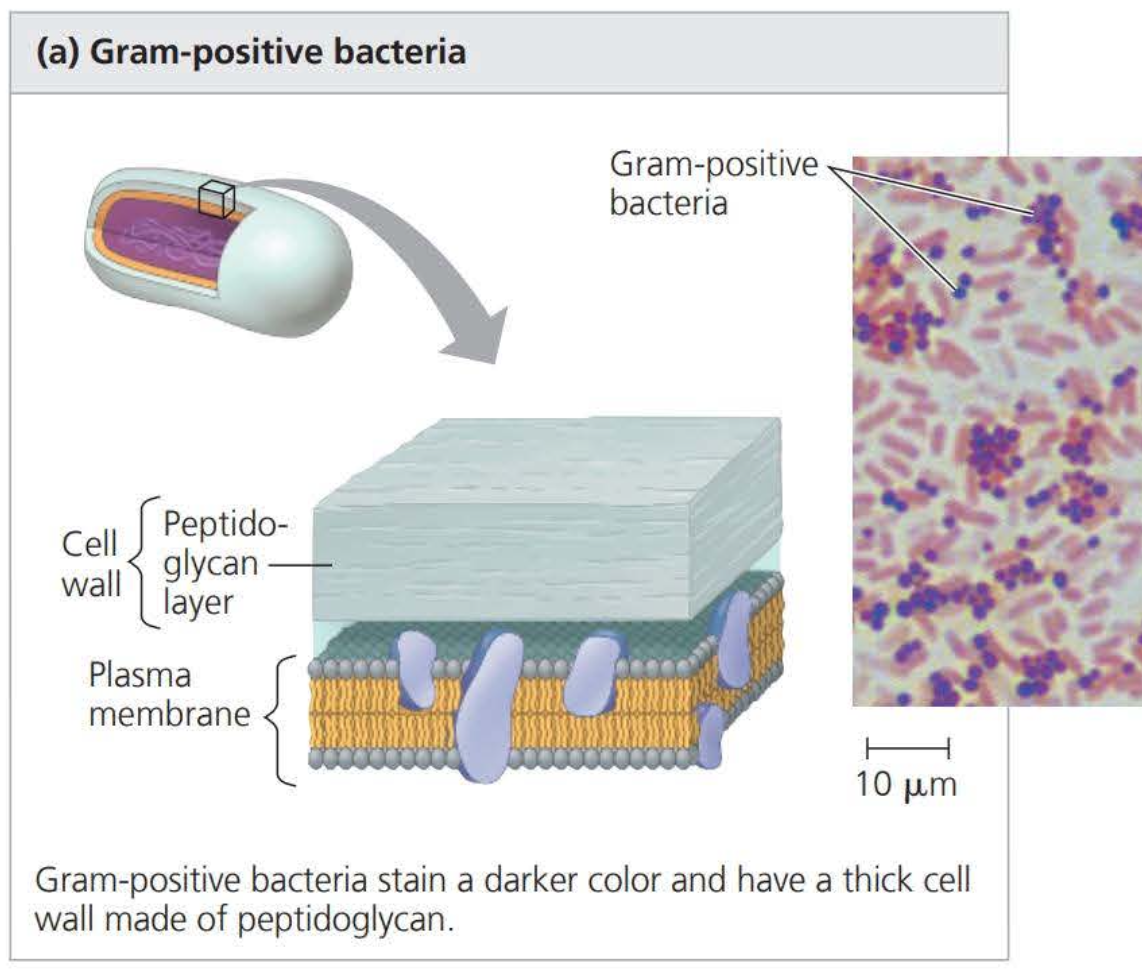
8
New cards
Gram-negative bacteria
have less peptidoglycan and an outer membrane that can be toxic; Gram-negative bacteria are more likely to be antibiotic resistant
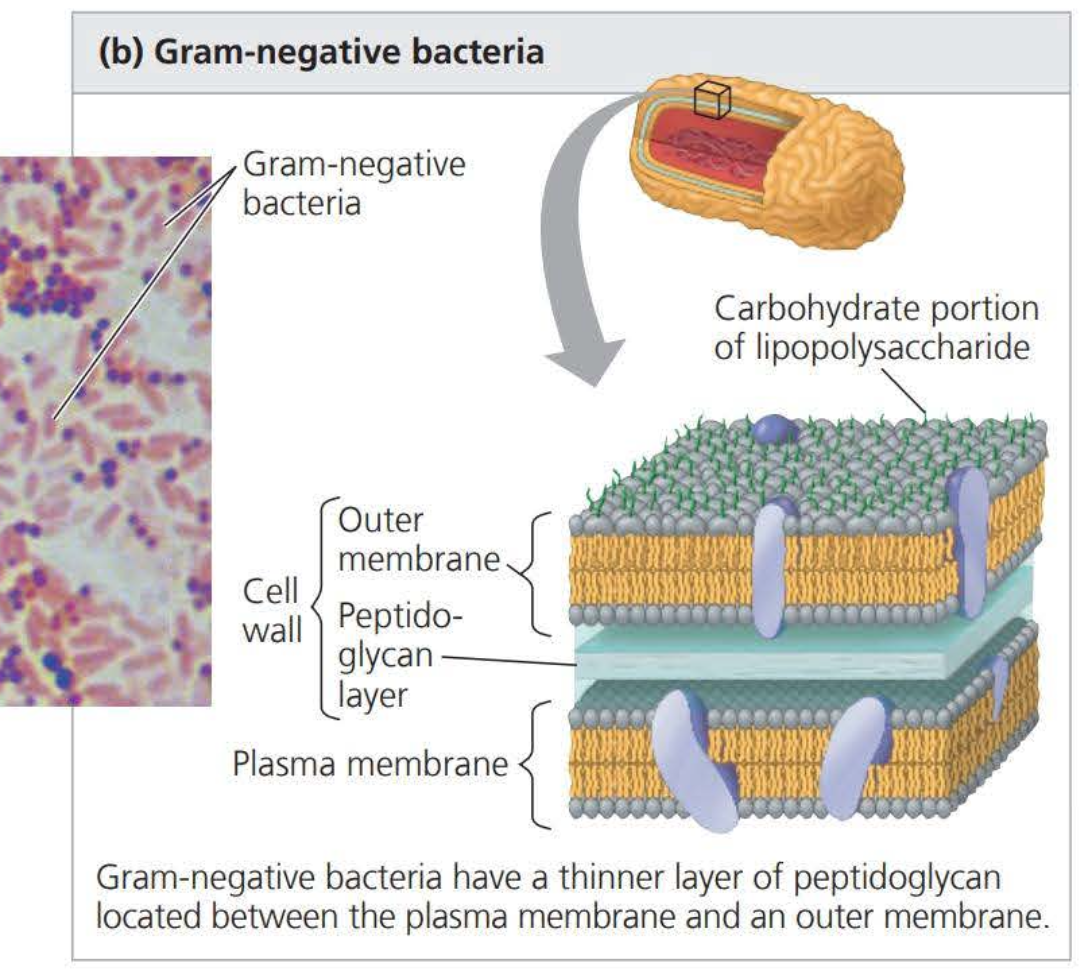
9
New cards
Capsule
The cell wall of many prokaryotes is surrounded by a sticky layer of polysaccharide or protein
10
New cards
Endospores
Some bacteria can develop resistant cells; Dormant reproductive form of the bacterium
11
New cards
Fimbriae
allow them to stick to their substrate or other individuals in a colony
12
New cards
Pili
(sex pili) longer than fimbriae and allow prokaryotes to exchange DNA
13
New cards
Taxis
the ability to move toward or away from a stimulus
ex. Chemotaxis is the movement toward or away from a chemical stimulus (positive or negative)
ex. Chemotaxis is the movement toward or away from a chemical stimulus (positive or negative)
14
New cards
Internal organization
Prokaryotic cells lack the complex compartmentalization associated with the membrane- enclosed organelles found in eukaryotic cells. However, some prokaryotic cells do have specialized membranes that perform metabolic functions. These membranes are usually infolding of the plasma membrane.
15
New cards
Nucleoid
unlike eukaryotes, prokaryotes lack a nucleus; their chromosome is located in the nucleoid, a region of cytoplasm that is not enclosed by a membrane
16
New cards
Plasmids
in addition to its single chromosome, a typical prokaryotic cell may also have much smaller rings of independently replicating DNA molecules
17
New cards
Nutritional modes
Photoautotrophy, chemoautotrophy, photoheterotrophy, and chemoheterotrophy
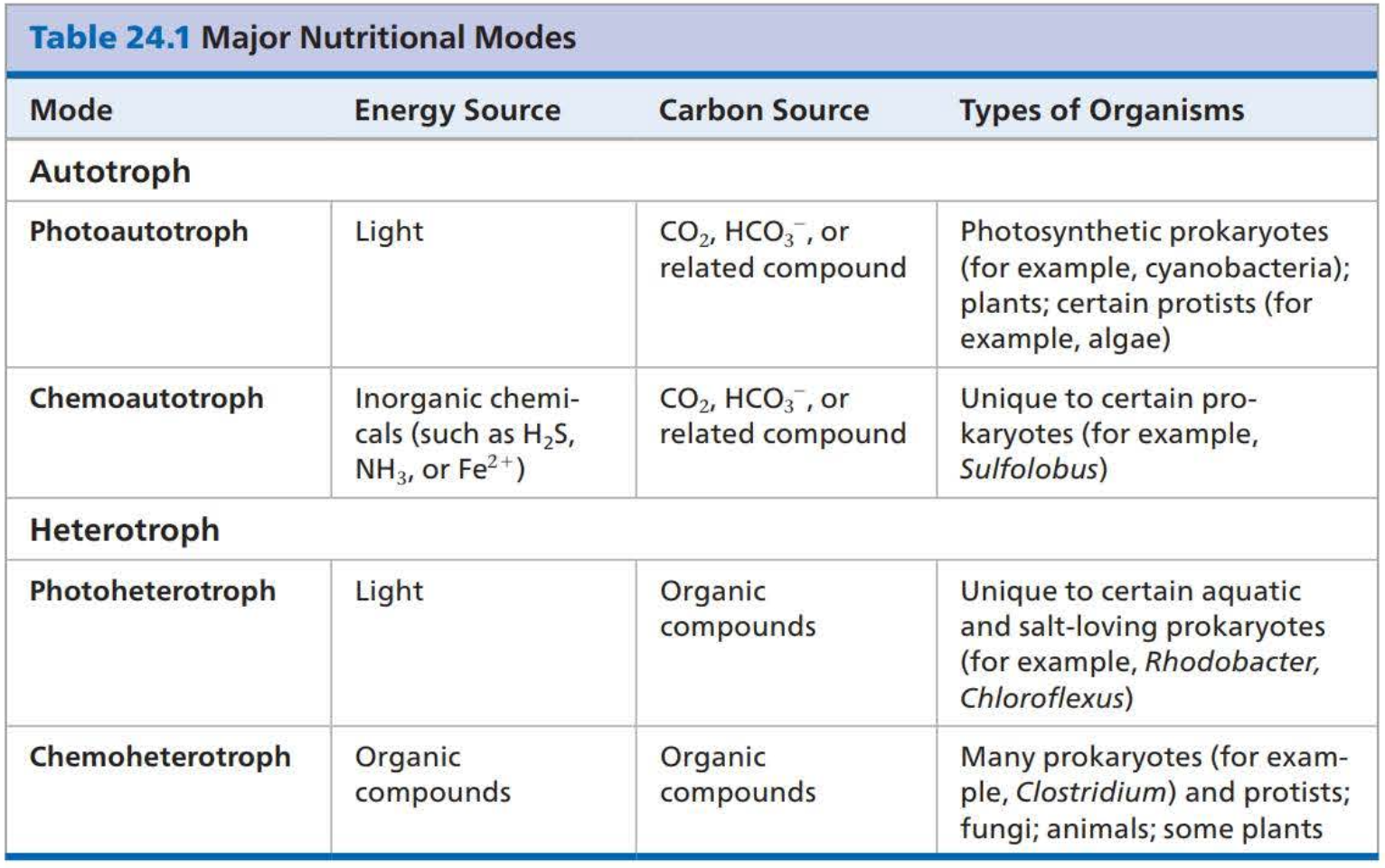
18
New cards
Anaerobic respiration
Substances other than O2, such as nitrate ions(NO3-) or sulfate ions(SO4 2-), accept electrons at the "downhill" end of electron transport chains
19
New cards
Nitrogen fixation
Some cyanobacteria and some methanogens (a group of archaea) convert atmospheric nitrogen (N2) to ammonia (NH3)
Essential component of nitrogen cycles in ecosystems
Essential component of nitrogen cycles in ecosystems
20
New cards
Heterocysts
In the cyanobacterium Anabaena, photosynthetic cells and nitrogen-fixing cells called heterocysts (or heterocytes) exchange metabolic products
21
New cards
Biofilms
In some prokaryotic species, metabolic cooperation occurs in surface-coating colonies
22
New cards
Reproduction
Prokaryotes reproduce quickly by binary fission and can divide every 1–3 hours
Key features of prokaryotic biology allow them to reproduce quickly: They are small, They can reproduce by binary fission (asexual), They have short generation times
Short generation times = relatively rapid evolution
Key features of prokaryotic biology allow them to reproduce quickly: They are small, They can reproduce by binary fission (asexual), They have short generation times
Short generation times = relatively rapid evolution
23
New cards
Transformation
A prokaryotic cell can take up and incorporate foreign DNA from the surrounding environment in a process
24
New cards
Transduction
the movement of genes between bacteria by bacteriophages (viruses that infect bacteria)
25
New cards
Conjugation
the process where genetic material is transferred between prokaryotic cells
Ex. Via a sex pilus
Ex. Via a sex pilus
26
New cards
Chlamydias
These parasites can survive only within animal cells, depending on their hosts for resources as basic as ATP

27
New cards
Spirochetes
These helical gram-negative heterotrophs spiral through their environment by means of rotating, internal, flagellum-like
filaments
filaments

28
New cards
Cyanobacteria
These gram-negative photoautotrophs are the only prokaryotes with plantlike, oxygen-generating photosynthesis
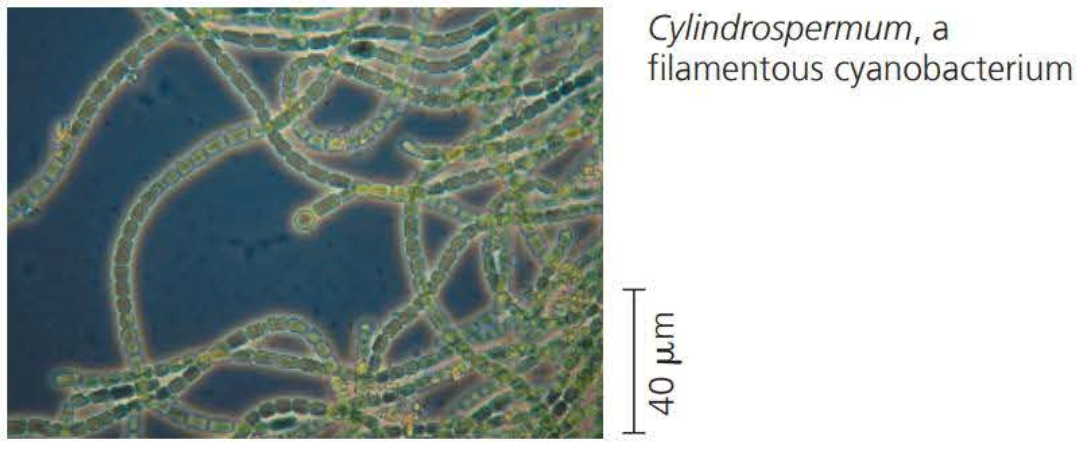
29
New cards
Gram-positive bacteria
Gram-positive bacteria rival the proteobacteria in diversity
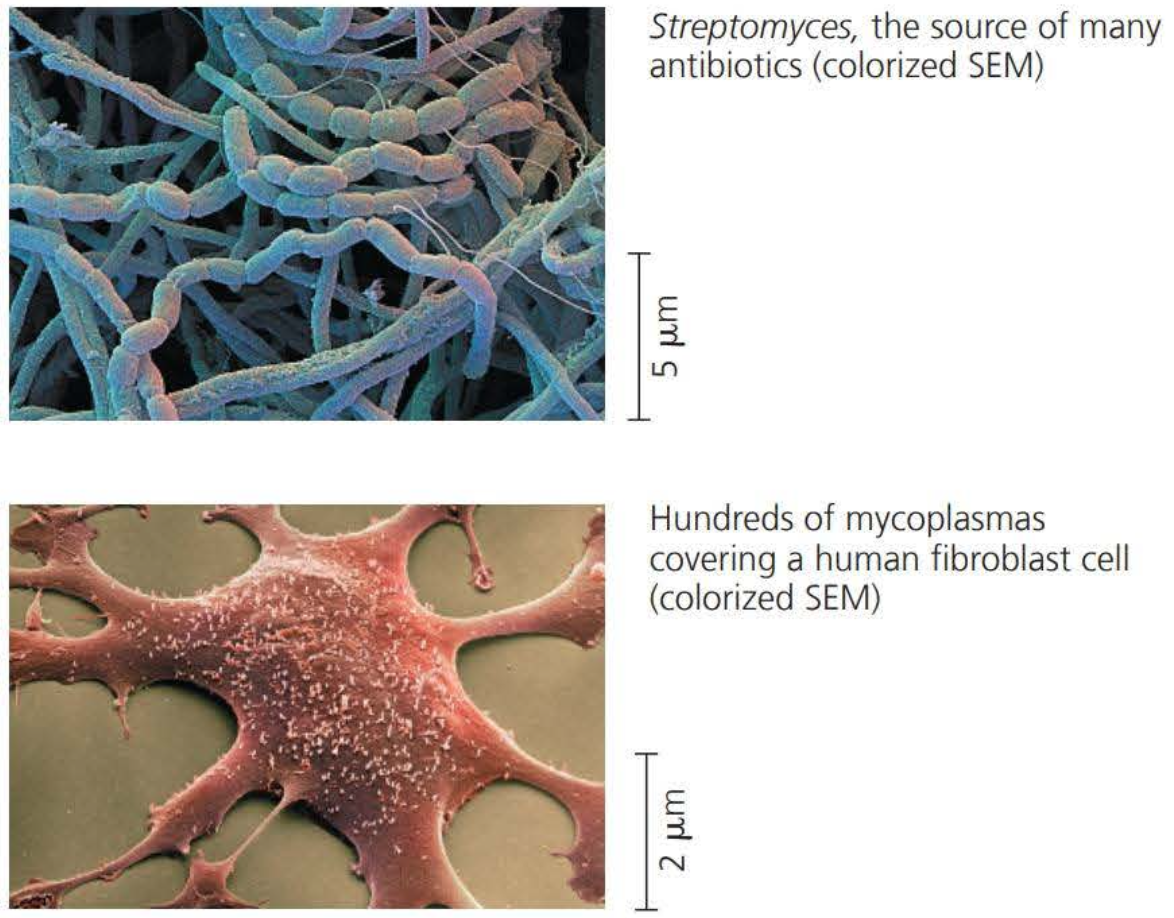
30
New cards
Extremophiles
The first prokaryotes assigned to domain Archaea live in environments so extreme that few other organisms can survive
there
there
31
New cards
Extreme halophiles
live in highly saline environments, such as the Great Salt Lake and the Dead Sea
32
New cards
Extreme thermophiles
thrive in very hot environments
33
New cards
Methanogens
archaea that release methane as a by-product of their unique ways of obtaining energy. Many methanogens use CO2 to oxidize H2, a process that produces both energy and methane waste
34
New cards
Decomposers
breaking down dead organisms and waste products
35
New cards
Symbiosis
an ecological relationship in which two species live in close contact: a larger host and smaller symbiont
36
New cards
Mutualism
an ecological interaction between two species in which both benefit
37
New cards
Commensalism
an ecological relationship in which one species benefits while the other is not harmed nor helped in any significant way
38
New cards
Parasitism
an interaction in which a parasite eats the cell contents, tissues, or body fluids of its host
39
New cards
Pathogens
Parasites that cause disease are known as pathogens, many of which are prokaryotic.
40
New cards
Endosymbiosis
a symbiotic relationship in which one organism lives inside the body or cell of another organism
41
New cards
Endosymbiont theory
proposes that mitochondria and plastids were formerly small prokaryotes that began living within larger cells
42
New cards
Excavata
Some members of this supergroup have an "excavated" groove on one side of the cell body
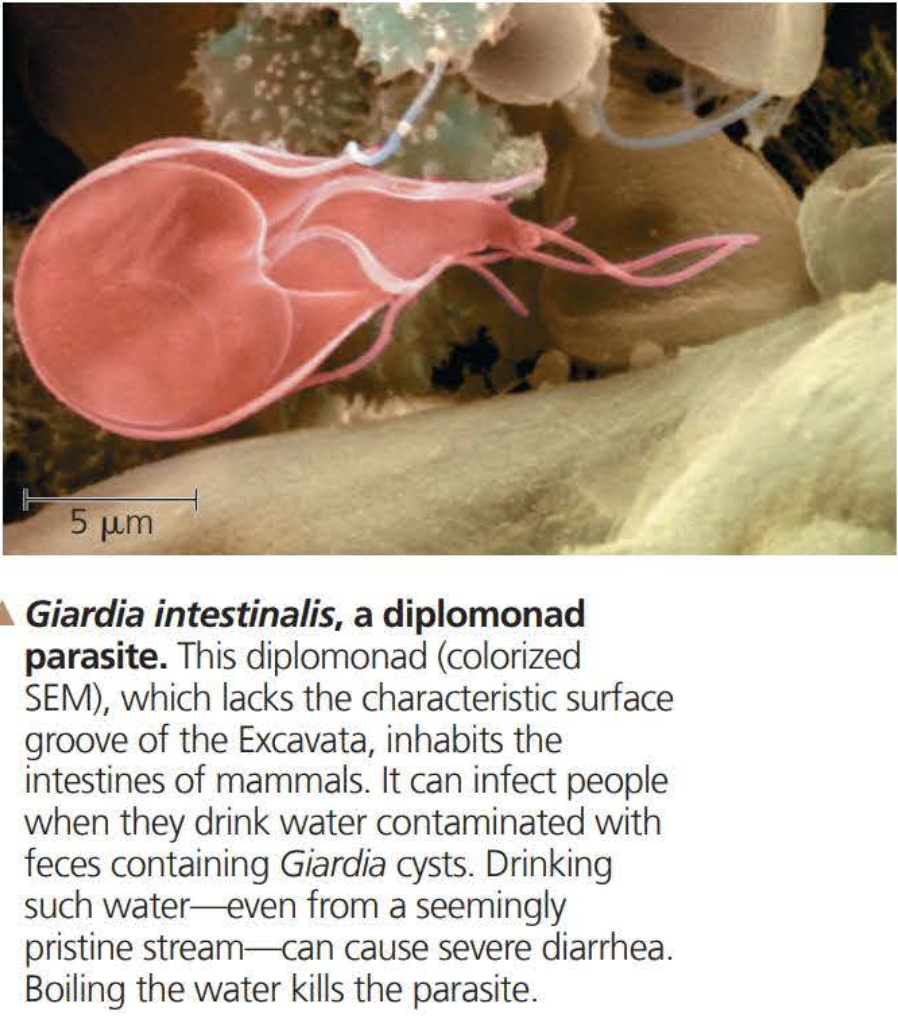
43
New cards
Euglenozoa
A diverse clade that includes predatory heterotrophs, photosynthetic autotrophs, and parasites
The main feature distinguishing them as a clade is a spiral or crystalline rod inside their flagella
Some species can be both autotrophic and heterotrophic
The main feature distinguishing them as a clade is a spiral or crystalline rod inside their flagella
Some species can be both autotrophic and heterotrophic
44
New cards
SAR
The “SAR”clade is a diverse supergroup named for the first letters of its three major clades, stramenopiles, alveolates, and rhizarians
45
New cards
Stramenopiles
Some of the most important photosynthetic organisms on Earth
46
New cards
Diatoms
highly diverse, unicellular algae; have a unique two-part, glass-like wall of silicon dioxide (SiO2)

47
New cards
Brown algae
largest and most complex algae
All are multicellular, and most are marine
All are multicellular, and most are marine
48
New cards
Alveolates
subgroup of the SAR clade that have membrane-bounded sacs (alveoli) just under the plasma membrane
ex. Dinoflagellates and ciliates
ex. Dinoflagellates and ciliates
49
New cards
Dinoflagellates
have two flagella, and each cell is reinforced by cellulose plates
50
New cards
Ciliates
a large varied group of protists, are named for their use of cilia to move and feed
51
New cards
Rhizarians
Subgroup of SAR clade. many species of amoebas, most of which have pseudopodia that are threadlike in shape
52
New cards
Forams
Threadlike pseudopodia extend through the pores in the test
53
New cards
Tests
porous shells
54
New cards
Archaeplastida
the supergroup that includes red algae, green algae, and land plants

55
New cards
Red algae
reddish in color due to an accessory pigment called phycoerythrin, which masks the green of chlorophyll

56
New cards
Green algae
a structure and pigment composition much like the chloroplasts of plants

57
New cards
Unikonta
This supergroup of eukaryotes includes amoebas that have lobe- or tube-shaped pseudopodia, as well as animals, fungi, and non-amoeba protists that are closely related to animals or fungi
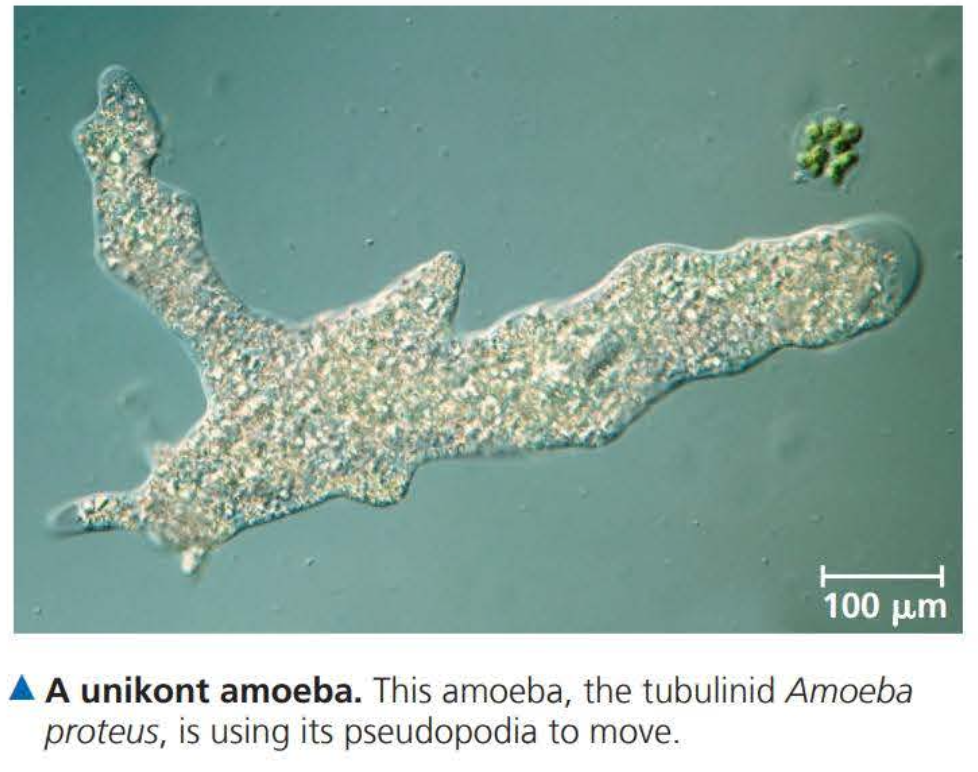
58
New cards
Amoebozoans
amoebas that have lobe- or tube-shaped pseudopodia
59
New cards
Protists
Protists can be single or multi-celled; Most are unicellular
Protists are found in diverse moist environments
Some protists reproduce asexually, while others reproduce sexually; All three* sexual life cycles found in protists
Protists show a wide range of nutritional diversity; Can be photoautotrophs, heterotrophs, or mixotrophs
Protists are found in diverse moist environments
Some protists reproduce asexually, while others reproduce sexually; All three* sexual life cycles found in protists
Protists show a wide range of nutritional diversity; Can be photoautotrophs, heterotrophs, or mixotrophs
60
New cards
Derived traits of land plants
Alternation of generations life cycle
Multicellular, dependent embryos
Walled spores produced in sporangia
Apical meristems
Multicellular, dependent embryos
Walled spores produced in sporangia
Apical meristems
61
New cards
Alternation of generations life cycle
each generation gives rise to the other; this type of reproductive cycle evolved in various groups of algae but does not occur in the charophytes, the algae most closely related to plants
62
New cards
Embryophytes
The multicellular, dependent embryo of plants is such a significant derived trait that plants
63
New cards
Sporangia
multicellular organs that produce spores; Spore walls contain sporopollenin
64
New cards
Apical meristems
localized regions of cell division at the tips of roots
and shoots
and shoots
65
New cards
Cuticle
a waxy covering of the epidermis that functions in preventing water loss and microbial attack
66
New cards
Stomata
specialized pores that allow the exchange of CO2 and O2 between the outside air and the plant
67
New cards
Chitin
a strong but flexible polysaccharide
68
New cards
Yeasts
single cells
69
New cards
Mycelia
networks of branched hyphae
70
New cards
Hyphae
filaments adapted for absorption
71
New cards
Haustoria
allow them to extract or exchange nutrients with plant hosts
72
New cards
Mycorrhizae
mutually beneficial relationships between fungi and plant roots
73
New cards
Ectomycorrhizal fungi
form sheaths of hyphae over a root and also grow into the extracellular spaces of the root cortex
74
New cards
Arbuscular mycorrhizal fungi
extend hyphae through the cell walls of root cells and into tubes formed by invagination of the root cell membrane
75
New cards
Chytrids
found in freshwater and terrestrial habitats
Chytrids have flagellated spores and are thought to have diverged early in fungal evolution
Chytrids have flagellated spores and are thought to have diverged early in fungal evolution
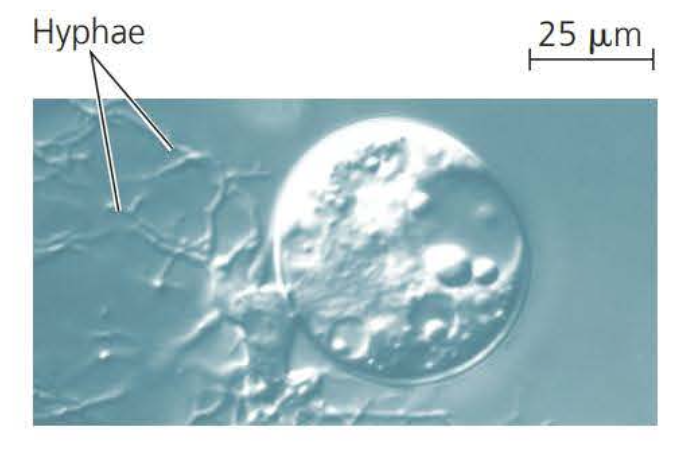
76
New cards
Zygomycetes
include fast-growing molds, parasites, and commensal symbionts
Produce a resistant zygosporangium
Produce a resistant zygosporangium
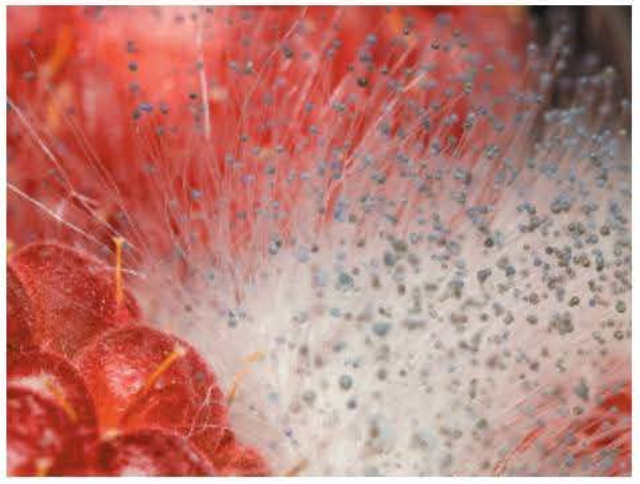
77
New cards
Glomeromycetes
form arbuscular mycorrhizae with plant roots
About 80% of plant species have mutualistic relationships with glomeromycetes
About 80% of plant species have mutualistic relationships with glomeromycetes
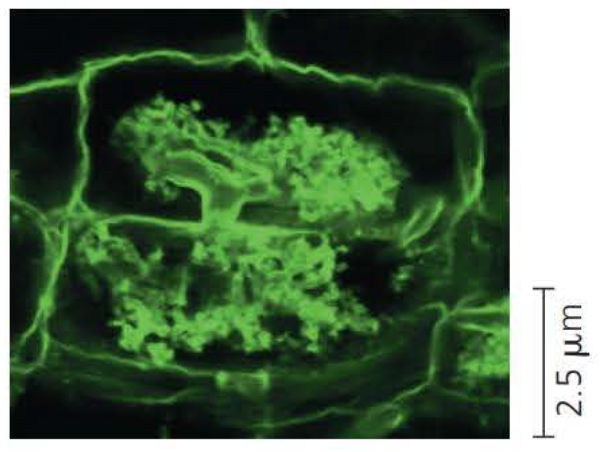
78
New cards
Ascomycetes
live in marine, freshwater, and terrestrial habitats
Called the sac fungi
Produce spores in sacs called asci
Called the sac fungi
Produce spores in sacs called asci
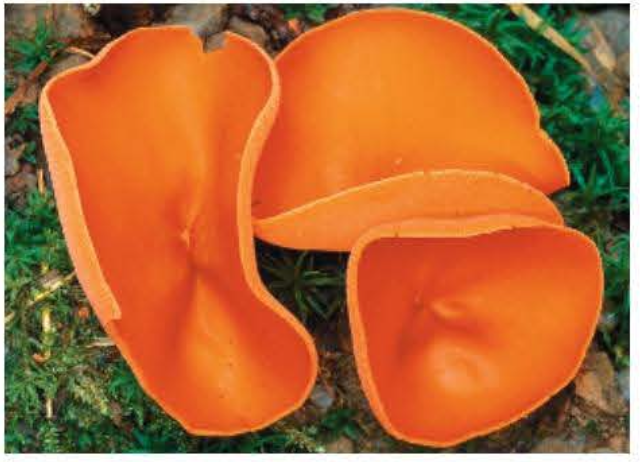
79
New cards
Basidiomycetes
important decomposers and ectomycorrhizal fungi
Ex. mushrooms
Produce spores on basidia
Ex. mushrooms
Produce spores on basidia
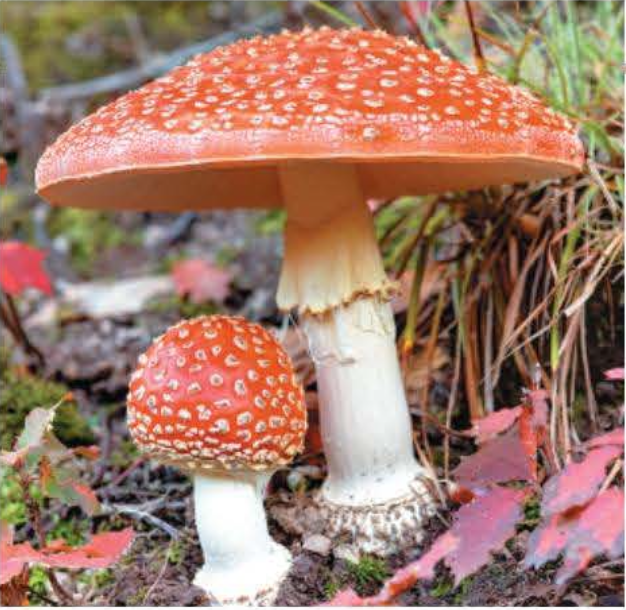
80
New cards
Lichen
a symbiotic association between a photosynthetic microorganism and a fungus
81
New cards
Vascular tissue
cells joined into tubes that transport water and nutrients throughout the plant body
82
New cards
Vascular plants
most plants have vascular tissue for the transport of water and nutrients
83
New cards
Bryophytes
nonvascular plants; an informal name for plants that lack an extensive transport system
84
New cards
Seedless vascular plants
The plants in these clades lack seeds, which is why collectively the two clades
85
New cards
Pteridophytes
ferns and their relatives
86
New cards
seed
consists of an embryo and its food supply, surrounded by a protective coat
87
New cards
Gymnosperms
have “naked” seeds that are not enclosed in chambers
88
New cards
Angiosperms
have seeds that develop inside chambers called ovaries (ovaries later become fruit)
89
New cards
Endosporic development
gametophytes develop within the walls of spores that are retained within tissues of the parent sporophyte
90
New cards
Ovule
the integument and the tissues it encloses together make up
91
New cards
Integument
a protective layer of sporophyte tissue
92
New cards
Pollen grains
which consist of an enclosed male gametophyte
93
New cards
Pollination
the transfer of pollen to the part of a seed plant containing the ovules
94
New cards
Flower
an angiosperm structure specialized for sexual reproduction

95
New cards
Sepals
enclose the flower
96
New cards
Petals
brightly colored and attract pollinators
97
New cards
Stamens
produce pollen
A stamen consists of a stalk called a filament, with a
sac called an anther where the pollen is produced
A stamen consists of a stalk called a filament, with a
sac called an anther where the pollen is produced
98
New cards
Carpels
produce ovules in an ovary
A carpel consists of an ovary at the base and a style leading up to a stigma, where pollen is received
A carpel consists of an ovary at the base and a style leading up to a stigma, where pollen is received
99
New cards
Sponges
Animals in the phylum Porifera
100
New cards
Filter feeders
capturing food particles suspended in the water that passes through their body